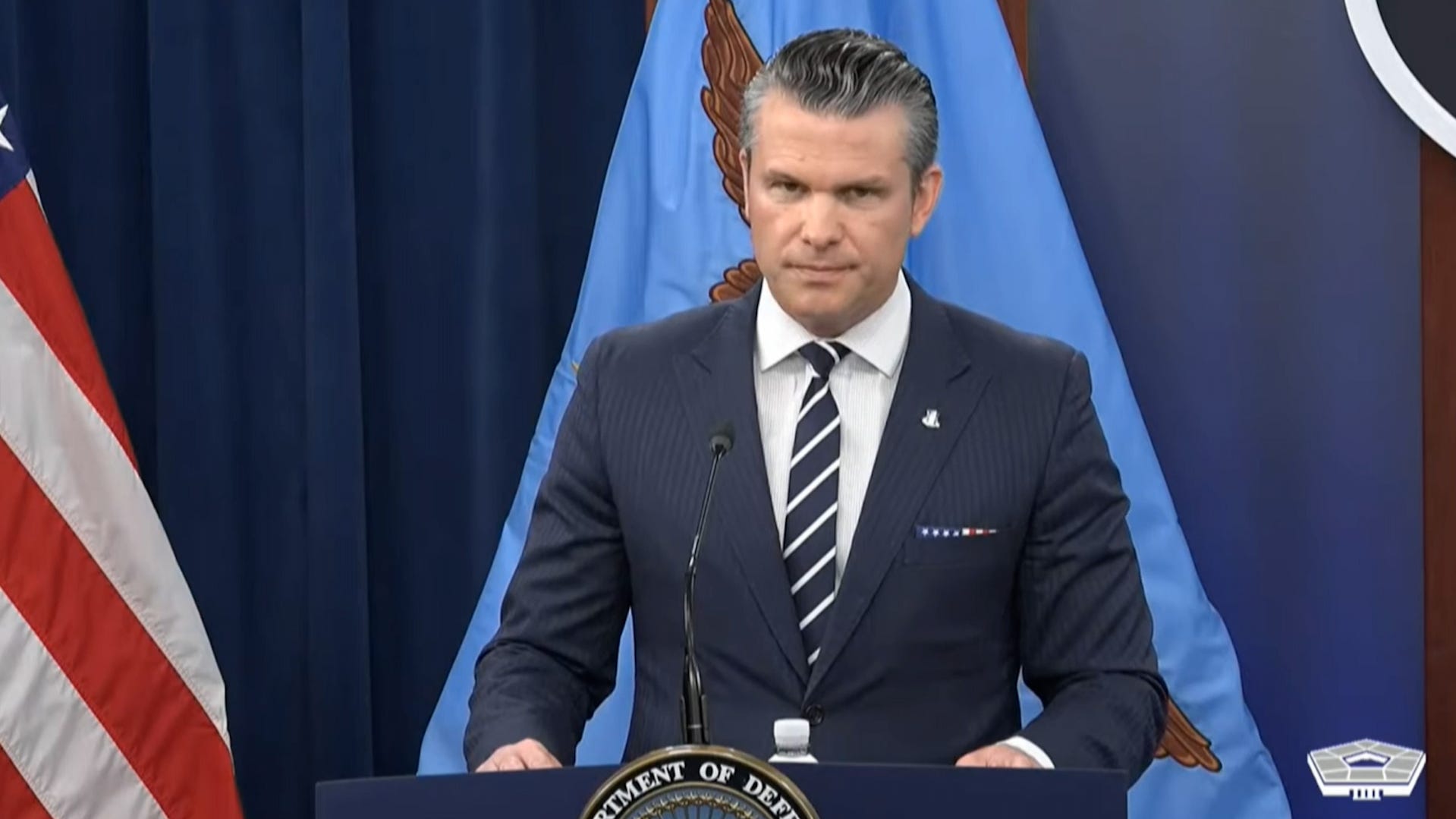40,000 reasons to worry: U.S. troops in Middle East vulnerable to counterattack
The 40,000 U.S. troops in the Middle East would be vulnerable to counterattacks from Iran, not to mention other U.S. citizens in the region.

WASHINGTON − The Pentagon has at least 40,000 reasons to worry about the aftermath of the attack on Iran.
That’s the rough number of U.S. troops stationed in the Middle East, in bases from Bahrain to Syria and points in between. Not to mention U.S. citizens who live and work in the region. Commanders over the past two weeks have beefed up defenses and put troops on higher alert for attack, according to a senior Defense Department official.
Those service members are vulnerable to counterattacks that could involve Iranian ballistic missiles, drones or terrorism after the United States joined Israel in its attack on Iran’s nuclear facilities.
Iran can strike “all of them,” the Defense Department official said.
Prime targets include Al-Udeid Air Base in Qatar, the Pentagon's sprawling hub for warplanes in the Middle East. About 10,000 U.S. troops are based there.
The threat is real. Iran launched 13 ballistic missiles at American troops in Iraq in January 2020. That attack, which wounded about 100 U.S. service members, followed the U.S. drone strike that killed Gen. Qasem Soleimani, leader of Iran's elite Quds Force, part of the country's hard-line paramilitary Revolutionary Guard Corps.
Trump hailed the attack June 21 as a "spectacular" success.
"Iran's key nuclear enrichment facilities have been completely and totally obliterated," Trump said in a live address. He threatened further strikes if Tehran did not agree to U.S. terms.
The U.S. attack on Iran's nuclear facilities was likely spearheaded by the Massive Ordnance Penetrator, a bomb that can burrow deep into the earth before unleashing a huge explosion.
This week, to bolster protection for Americans in the Middle East, the Pentagon has begun shifting more firepower to the region, including the USS Nimitz aircraft carrier strike group, which should arrive in days. Those ships will join others capable of shooting down ballistic missiles.
The warplanes from the Nimitz and others in the region would be able to deliver a devastating response in Iran if it did attack U.S. troops, according to the U.S. official, who was not authorized to speak publicly.
Asked whether there were adequate protections in place to repel an Iranian attack, a Pentagon spokesperson pointed to Defense Secretary Pete Hegseth’s X post on June 16. Hegseth noted the “deployment of additional capabilities” to the region and said protecting U.S. troops is “our top priority.”
On Capitol Hill June 18, Hegseth told the Senate Armed Services Committee that “maximum protection” measures were in place.
Sen. Richard Blumenthal, a Connecticut Democrat on the committee, said he found Hegseth unconvincing.
“I was really disappointed that he failed to offer greater assurance that we have taken active measures to protect U.S. personnel, both military and civilian, in the event of a strike by the United States,” Blumenthal said in an interview. “I asked specifically about drones and possibility of using them against American targets. I had no real comfort that there are adequate plans to stop or deflect such attacks.”
Deploying the Nimitz strike group is a good step, Blumenthal said. But he questioned the ships’ ability to stop terrorist attacks or swarms of drones.
Blumenthal also noted that Iran may be able to mount drone attacks from within the United States. He pointed to Ukraine’s devastating drone attack on Russian warplanes deep inside its border. Israel, too, used drones smuggled into Iran as part of its attack.